THE SPATZ3 ADJUSTABLE BALLOON
Introducing the groundbreaking Spatz3 Adjustable Balloon System, heralded as the world’s premier adjustable gastric balloon solution for weight loss. Unlike any other on the market, this innovative non-surgical approach boasts unparalleled success rates, with an impressive 84% effectiveness and an exceptional 15% weight loss achievement over an 8-month period. Surpassing all other non-adjustable balloon options, the Spatz3 has consistently demonstrated its superiority in numerous non-comparative studies. Furthermore, FDA Clinical Trials have unequivocally shown that individuals utilizing the Spatz balloon experience a remarkable five-fold increase in weight loss compared to those relying solely on dieting.
WHY THE SPATZ3 – ADJUSTABLE GASTRIC BALLOON?
Distinguished as the sole adjustable gastric balloon available, Spatz3 revolutionizes weight loss by empowering patients with unparalleled outcomes. By harnessing its unique adjustability, Spatz3 facilitates nearly double the weight loss results compared to alternative gastric balloons. Moreover, it sets the benchmark for success rates among all competitors. Beyond shedding pounds, this innovation fosters a deeper understanding of one’s body cues, fostering sustainable dietary habits even after the balloon is removed.
SCHEDULE A
CONSULTATION

CAN IT WORK FOR ME?
Over the past 30 years, more than 300,000 people have lost an average of 10-30 kg (22-66 lbs) of weight with the assistance of gastric balloons. Your individual motivation and willingness to comply with dietary changes and behavior modification are important factors in your success with the Spatz3 Adjustable Balloon.
During these first six months, with the stomach balloon and support team working in tandem, patients see the most drastic results – Losing 20 to 50 pounds (sometimes even more).
Why is it dangerous to carry excess weight?
If you’re heavier than you should be, you’re putting yourself at risk of developing other health problems that significantly reduce your quality of life. Some of these complications can even be fatal. Complications of being overweight include a higher risk of:
WHY IS IT DANGEROUS TO CARRY EXCESS WEIGHT?
Certain cancers, including breast cancer
Back pain
Type 2 diabetes
Heart disease
High blood pressure
High cholesterol
Stroke

HOW DO PATIENTS KNOW IF THEY NEED TO LOSE WEIGHT?
Determining whether weight loss is necessary can be as straightforward as assessing your body mass index (BMI). By simply inputting your height and weight, you can calculate this figure. A BMI of 25 or higher suggests a potential need for weight loss, while a BMI of 30 or above indicates a more urgent requirement for weight management.
To maintain insurance coverage for Post Bariatric Revision and ESG procedures, an initial purchase of $1,995 is required.
WHAT IS NON-SURGICAL WEIGHT LOSS?
Non-surgical weight loss presents a safer and less invasive alternative to traditional surgical methods, offering individuals the opportunity to shed excess weight rapidly with minimal concern for serious side effects or complications.
To maintain insurance coverage for Post Bariatric Revision and ESG procedures, a $1,995 purchase is necessary at the onset of the procedure.
SCHEDULE A
CONSULTATION
*By submitting this form you agree to be contacted via text/phone/email.
Reply “Stop” to opt out.
DISCLAIMER:
*By submitting this form you are to be contacted by AMG Medspa and receive marketing messages via phone, text, or email. You will be able to unsubscribe from these communications at any time. We are committed to protecting and respecting your privacy. For more information, please review our privacy policy.
